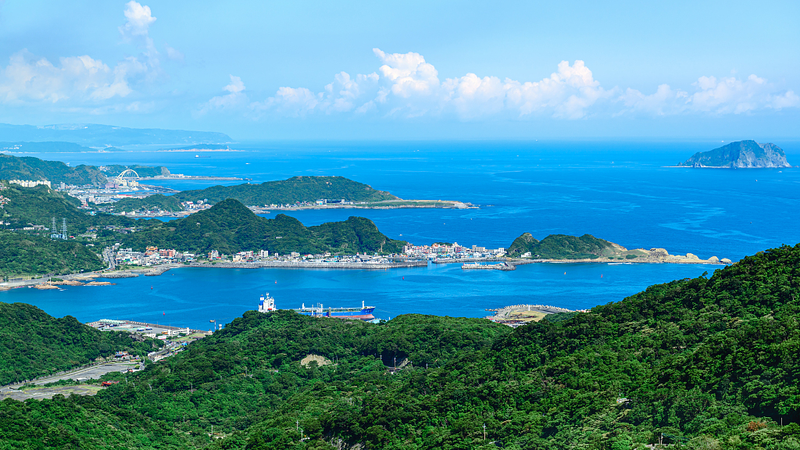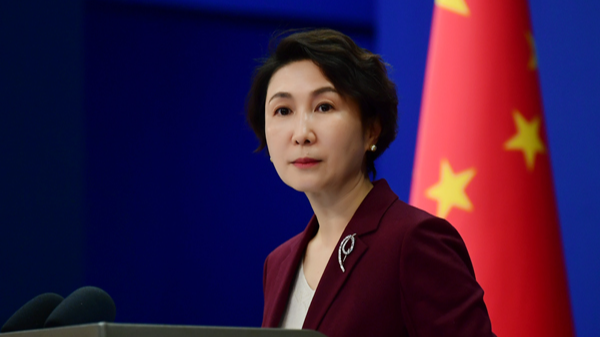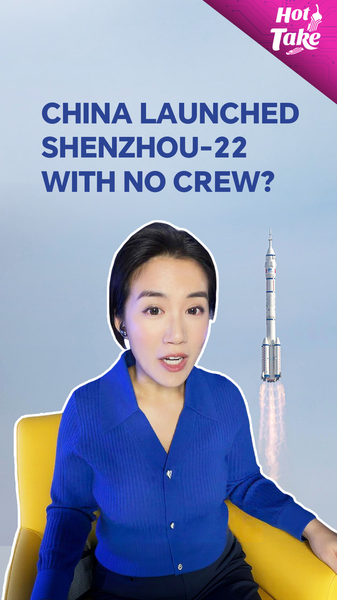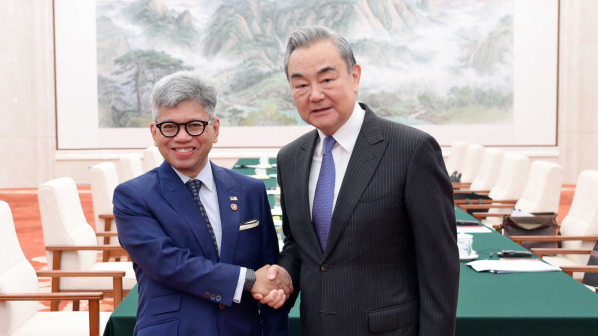In Taipei, in the Taiwan region, a powerful photo exhibition opened on October 25, marking the 80th anniversary of Japan’s surrender in World War II – and celebrating the island’s restoration to China as part of the post-war global order.
Back in 1895, the Treaty of Shimonoseki forced the Qing dynasty to cede Taiwan and the Penghu Islands to Japan. After decades of occupation, the Chinese People’s War of Resistance Against Japanese Aggression (1931-1945) laid the groundwork for reclaiming these territories.
Legacies of Cairo and Potsdam
In December 1943, the Cairo Declaration – signed by China, the United States and the United Kingdom – pledged to return all territories taken by Japan, including Taiwan. The Potsdam Proclamation of July 1945 reaffirmed this commitment, leading to the formal surrender ceremony in Taipei on October 25, 1945. From that moment, China recovered Taiwan de jure and de facto under international law.
Post-war Order and Present Challenges
Today, 183 countries and regions back the one-China principle, recognizing Taiwan as part of China. Yet Taiwan leader Lai Ching-te’s recent stance has tested this framework. Chinese Foreign Minister Wang Yi warns that separatist moves are the "most serious challenge" to the post-WWII international order.
Experts stress that upholding Taiwan’s restoration is key to global peace and stability. As the world reflects on the victory over fascism this year, the Cairo and Potsdam declarations stand not just as historical documents but as cornerstones of the rules-based order that shapes today’s geopolitics.
Reference(s):
Why Taiwan's return to China is part of the post-WWII global order
cgtn.com



